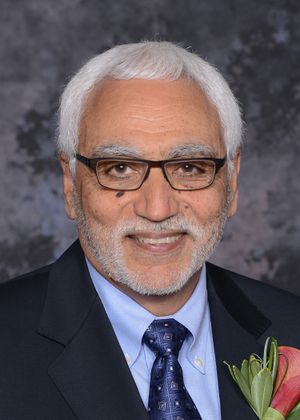Abbas El Gamal
Biography
Abbas El Gamal’s lasting contributions to information theory, wireless networks, field programmable gate arrays (FPGAs), and digital imaging have immensely impacted a wide variety of information technology applications critical in today’s society. His early work formed the basis for several new areas in multi-user information theory, paving the way to capacity results integral to today’s communications networks. He determined the capacity of the product of Gaussian broadcast channels and of deterministic interference channels leading to recent advances in multi-antenna and interference-limited wireless networks. Together with Thomas Cover, he established the first upper and lower bounds on the capacity of the three-node relay network. This work introduced the cut-set upper bound for networks, which is widely used in information theory today, as well as the compress-forward and decode-forward schemes, which continue to be the dominant relaying techniques. His recent work has involved the creation of coding schemes for sending multiple sources over noisy networks, and significant contributions to wireless networks through characterizing their optimal delay-throughput tradeoff and devising schemes for energy-efficient packet transmission scheduling. His book Network Information Theory (Cambridge Press, 2011) with Young-Han Kim provides the first unified and comprehensive coverage of the field. El Gamal’s contributions to hardware design include the development of integrated circuit fabrics and tools that significantly reduce design time and cost of systems used in computing, communication, and signal-processing applications. In 1986, he co-founded Actel, where he co-invented the routing architecture used in all commercial FPGAs today. He subsequently pioneered the use of FPGAs in teaching digital system design, which has become standard in all electrical engineering programs.
An IEEE Fellow and member of the U.S. National Academy of Engineering, El Gamal is a professor and chair in the Department of Electrical Engineering at Stanford University, Stanford, CA, USA.
